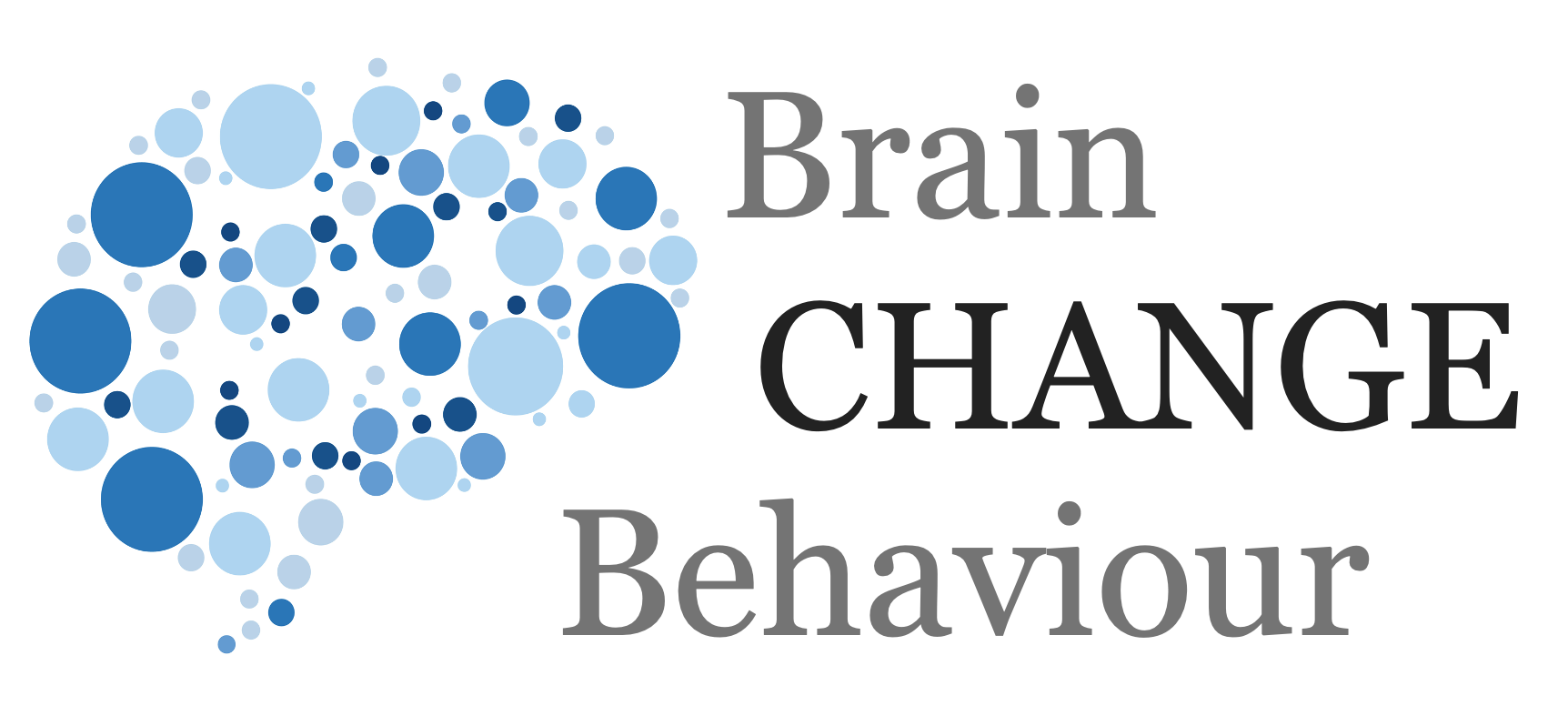Article
Scalability – Voltage Drops

We probably all know that any change – well, obviously, changes something. But this also means there will be various knock-on effects. In a best-case scenario, the knock-on effects are positive but there can also be, and often are, unintended negative consequences or negative spill overs.
Many of these are commonly seen in government mandated programmes. For example, making cycling helmets mandatory in Victoria, Australia, reduced the number of head injuries, but the negative consequence is it also reduced the number of adolescent cyclists. A group the government would actually want cycling more.
The rule of unintended consequences is that in any complex system there will always be multiple knock-on effects. And many of these will be hard to predict. They could be negative change in other areas or alternatively do the opposite to what was intended.
This means that considerable thought needs to be given to what will change when change occurs, or new policies are implemented.
Simple Takeaways
-
- Give considerable thought to consequences
- Trial and pilot at scale where possible and collect behavioural data
- Measure continually and respond quickly
© leading brains 2022
Reference
More Articles
Don’t Try to Change Minds – Change Behaviour
Don’t try to change minds but simply change behaviour is the result a group of researchers have come to with regard to vaccinations.
Introduction to SCOAP
SCOAP is a complete model of human motivation, behaviour, and wellbeing, summarising over a century of research into the human brain, human psychology, and human behaviour in all contexts.
SCOAP Needs
These are basic human needs which means fulfilling them is essential for human wellbeing and therefore also that having them unfulfilled or violated lowers human wellbeing. These also direct human motivation and subsequently human behaviours.
SCOAP Motivation
Much has been written about motivation and there are many (false) assumptions to motivation also. So let’s start with a simple definition of motivation.
SCOAP Behaviour
Behaviour is about doing things, actions. That is obvious, but there are many grey zones to behaviour. For example do we class breathing as behaviour, or heartbeat, or sweating?
SCOAP Change
As you will have seen with SCOAP, this gives a comprehensive model of human needs, motivation, and behaviour. We can therefore use this to guide behavioural change interventions.
The Undermining Effect
Rewards sound like a good way to instigate behaviour you want. In our world we often think of financial rewards. Good idea, right?
Well, no, rewards can actually lower motivation.
Making Change Stick
The sustainability question, or problem, is ultimately the biggest and most important question or issue.
The Value-Action Gap
The value-action gap has multiple other names: attitude-behavior gap, intention-behavior gap, KAP-gap (knowledge-attitudes-practice gap) or belief-behavior gap.
It refers to the gap between what people often say they value and their subsequent actions or willingness to meaningfully contribute to this value.
Uncertainty Changes Behaviour (But Boiling Frogs Doesn’t)
Why do people make random and unpredictable decisions when uncertainty arises (such as buying toilet paper at the start of a pandemic)?










